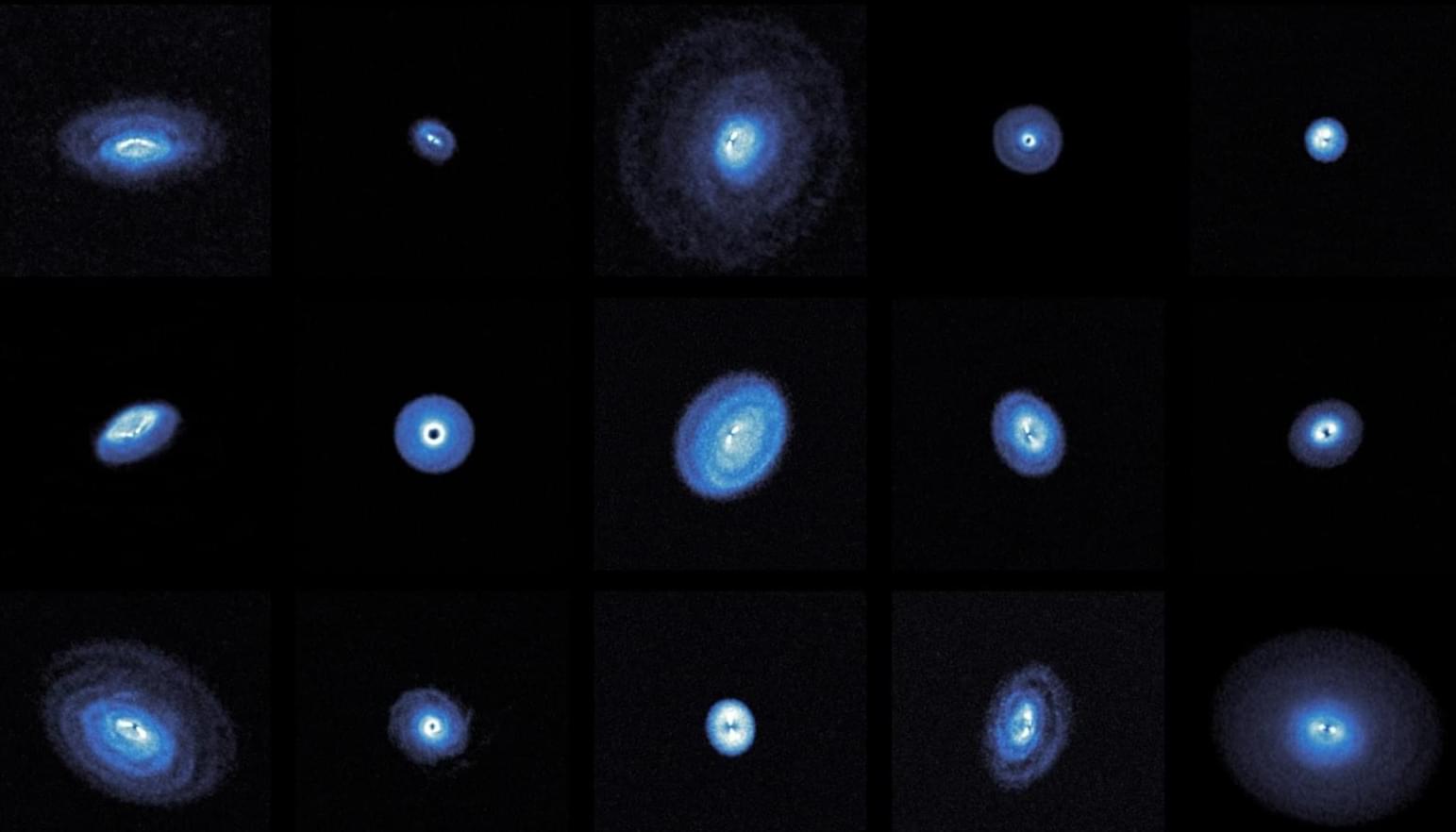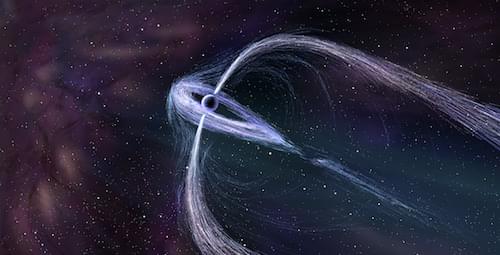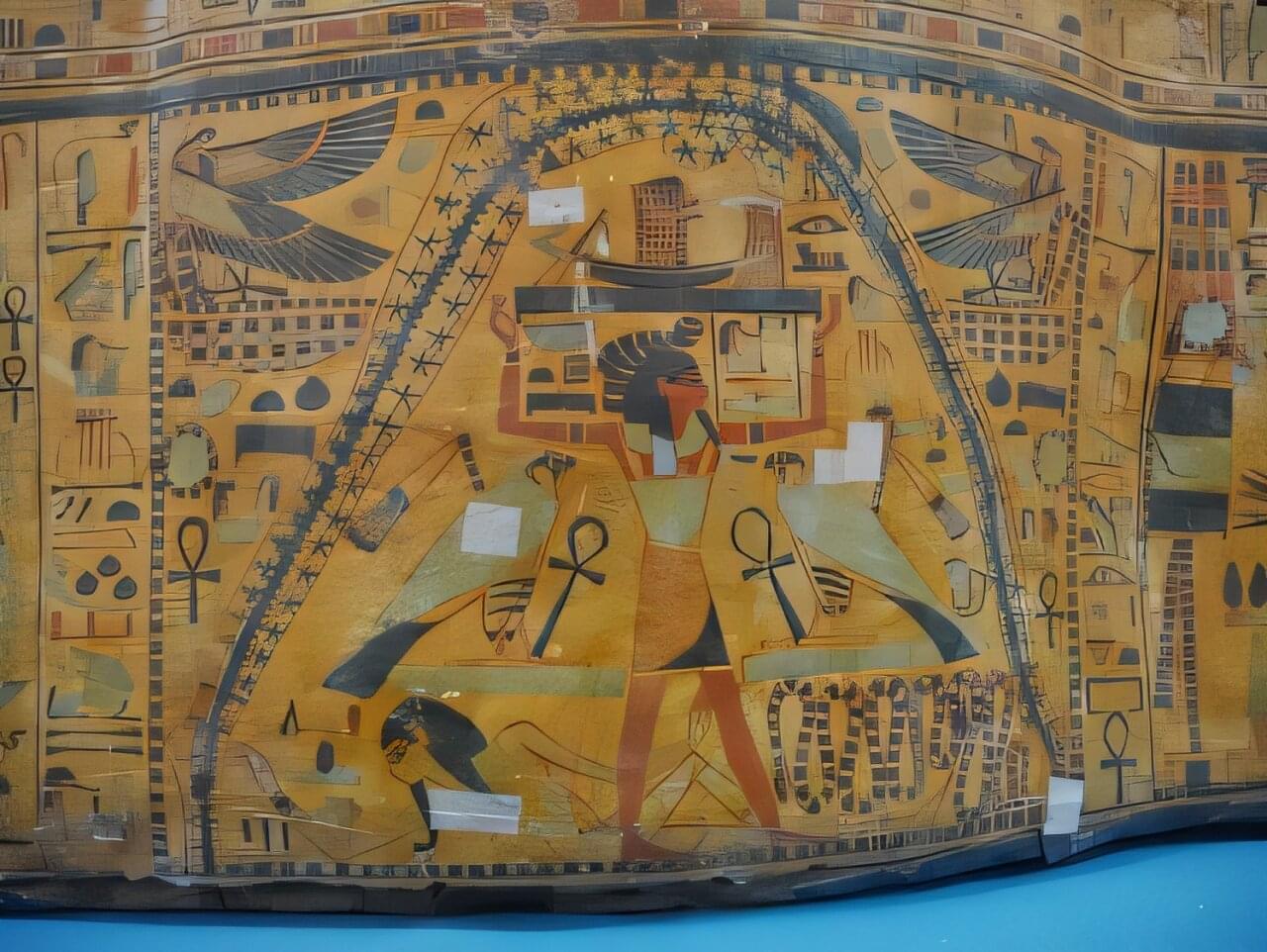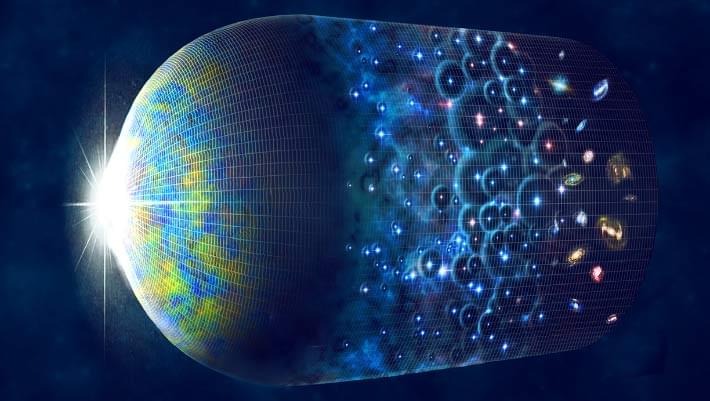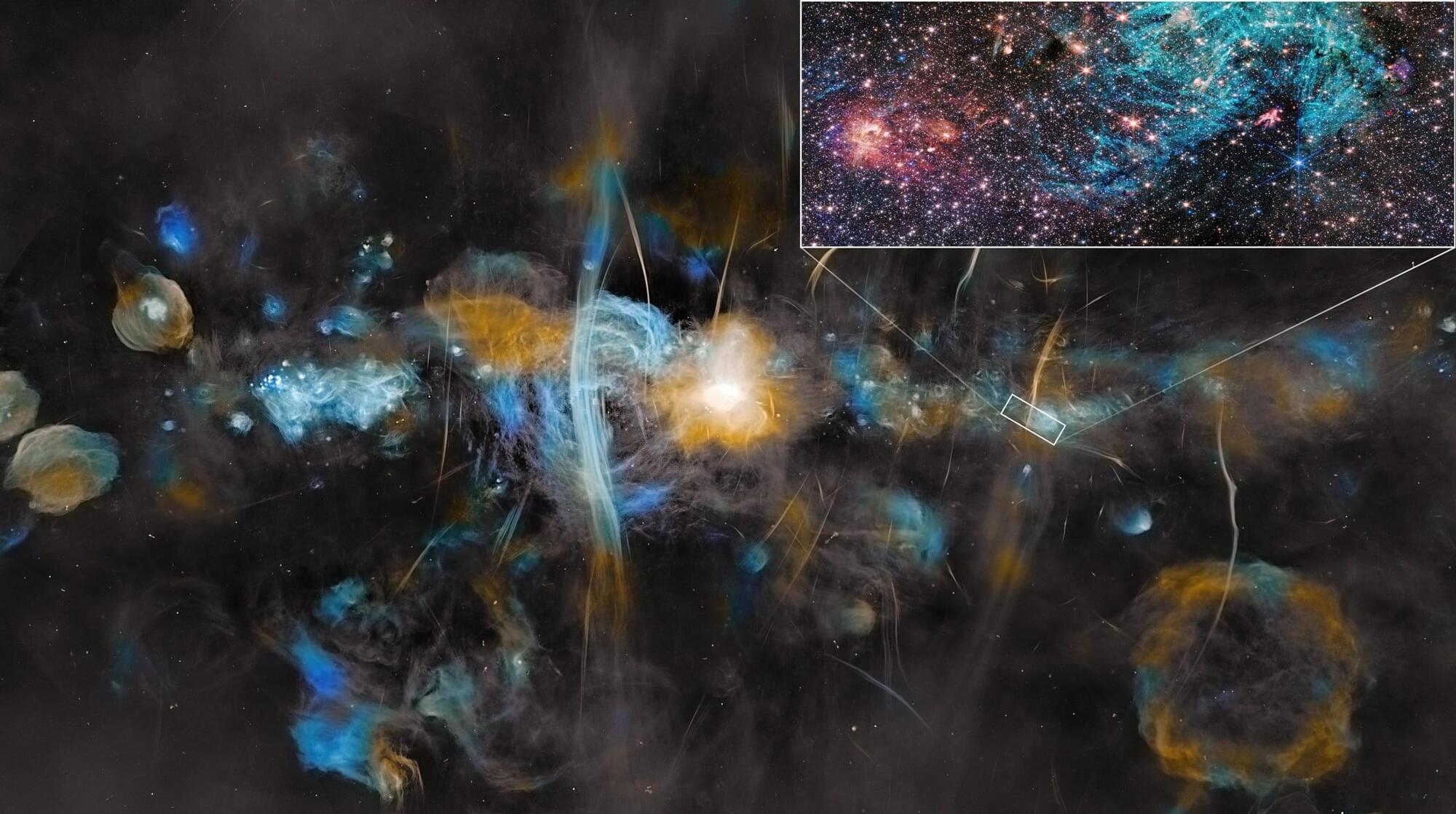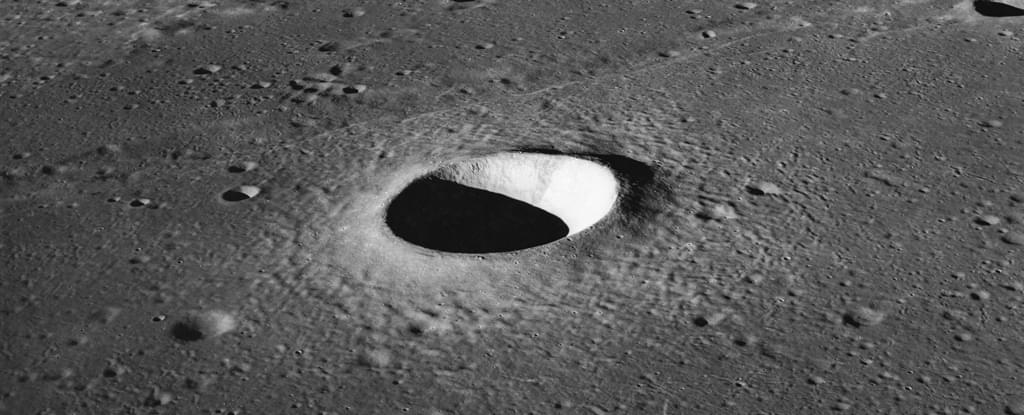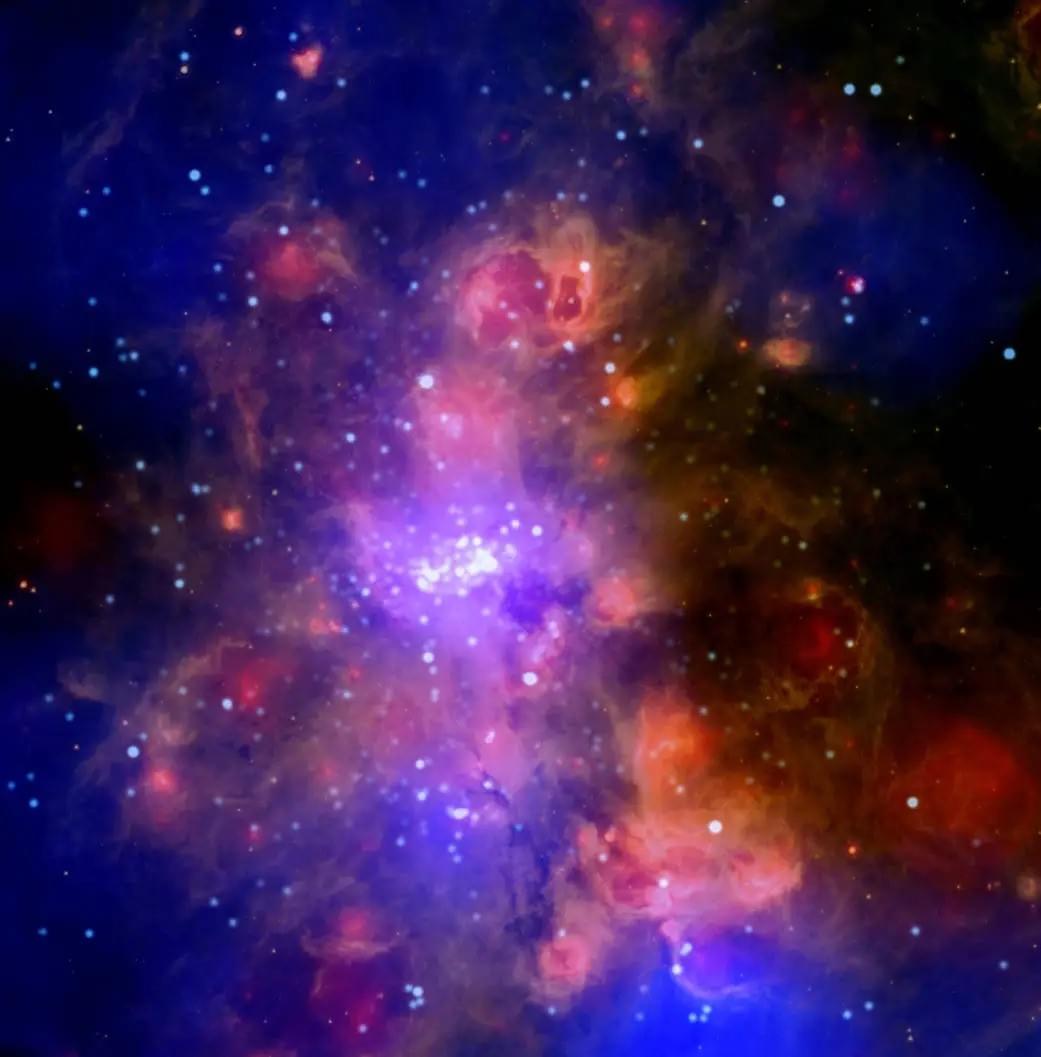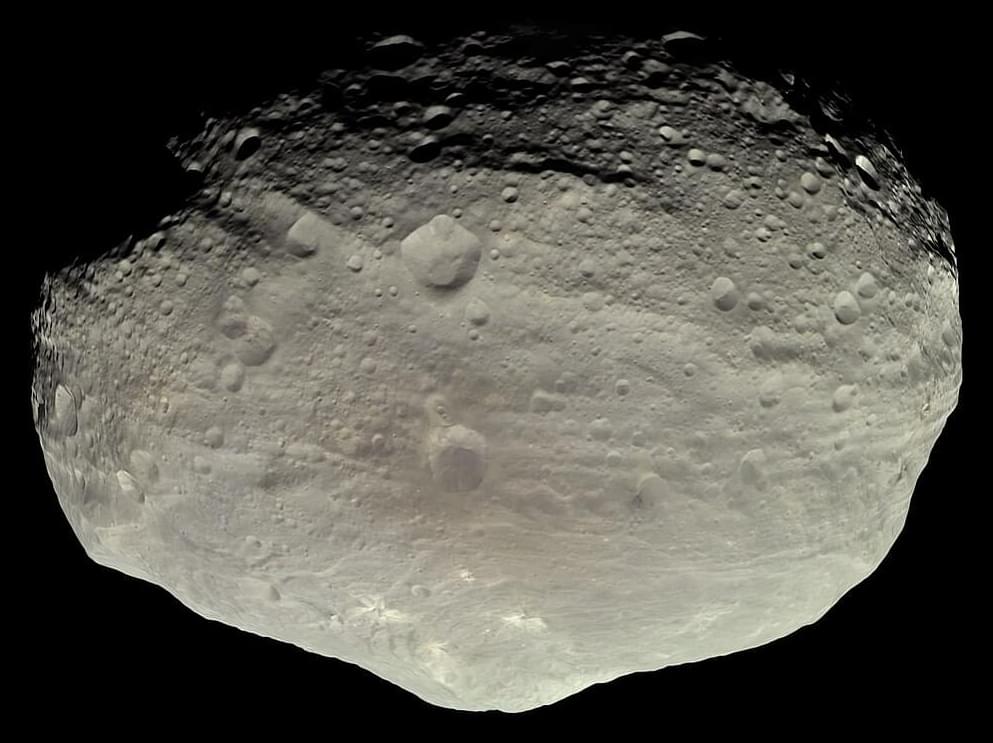Using ALMA, Teague’s team captured images of 15 young star systems sprinkled in space between a few hundred to 1,000 light-years from Earth. Rather than rely on direct detection of a young planet’s faint light, Teague’s team looked for the subtle clues these infant worlds imprint on their surroundings — such as gaps and rings in dusty disks, swirling gas motions caused by a planet’s gravity, and other physical disturbances that hint at a planet’s presence. To uncover these signatures, the researchers used ALMA to map the motion of gas within over a dozen protoplanetary disks.
“It’s like trying to spot a fish by looking for ripples in a pond, rather than trying to see the fish itself,” Christophe Pinte, an astrophysicist at the Institute for Planetary sciences and Astrophysics in France, who was also a principal investigator of the project, said in the statement.
